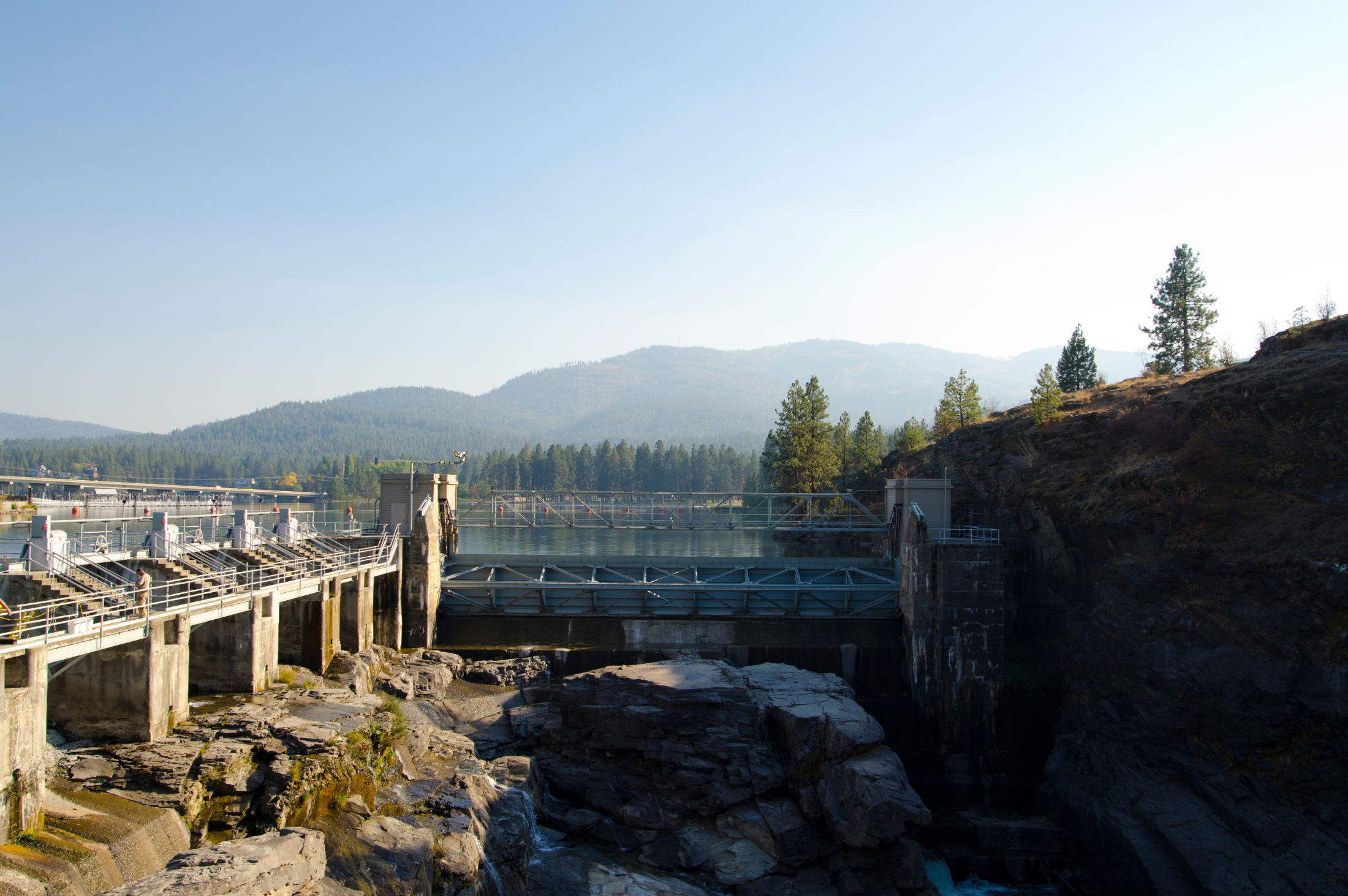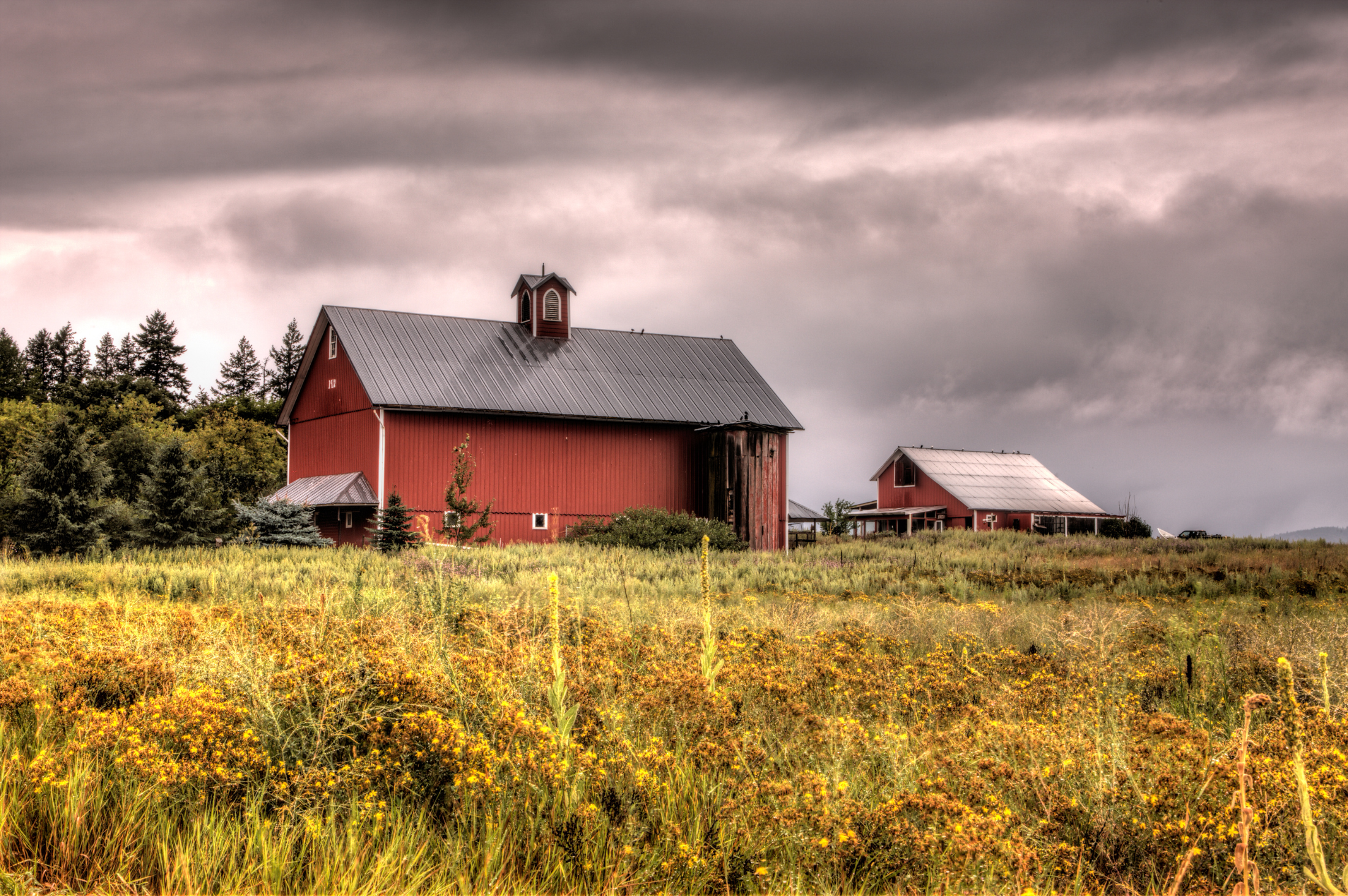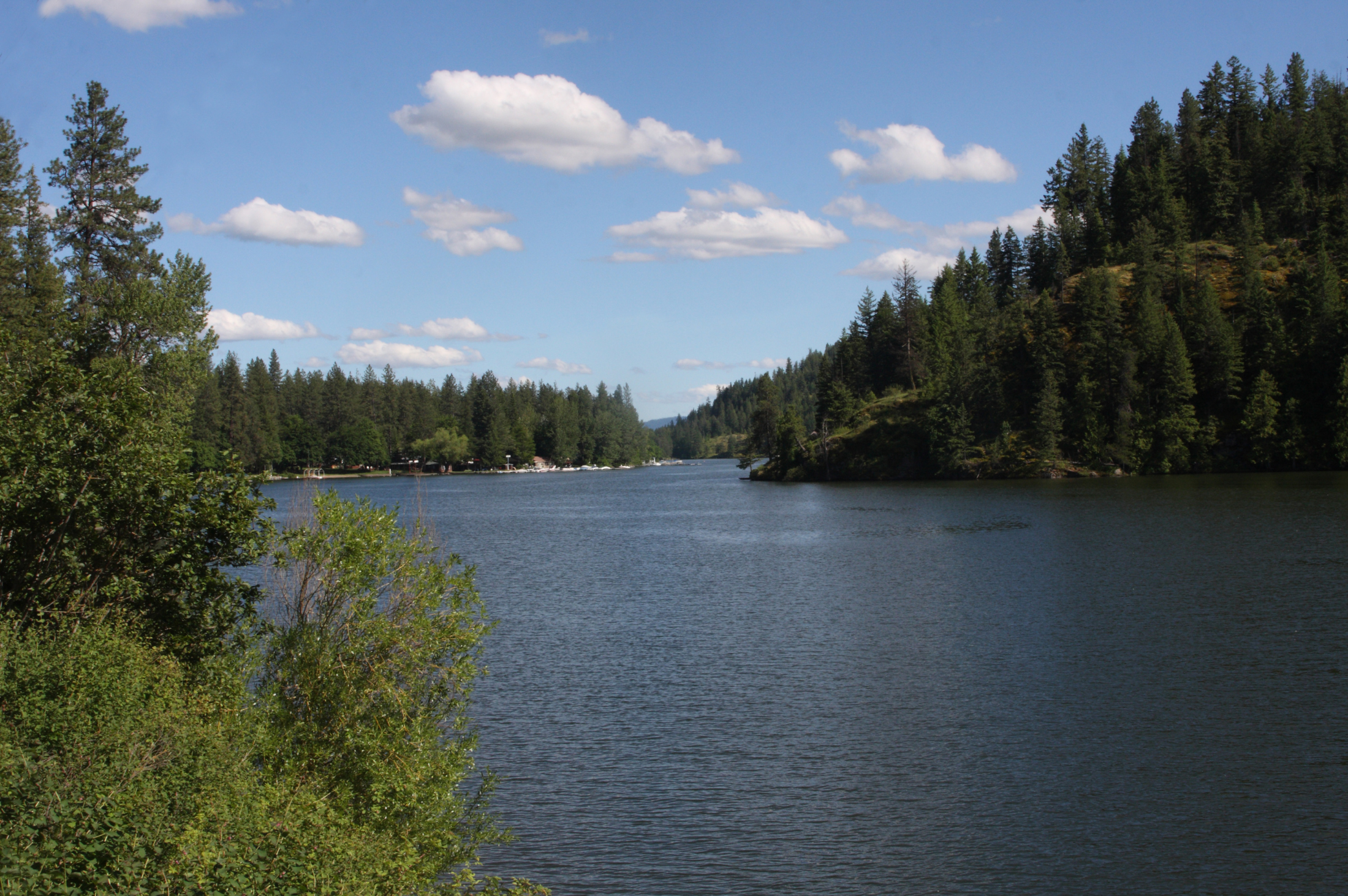Just a few areas served by Jared

COEUR D'ALENE & LAKE COEUR D'ALENE
Coeur d’Alene, located in northwest Idaho, is recognized for its stunning lake, outdoor recreation, and rich history. Water sports are enjoyed on Lake Coeur d’Alene, while scenic trails are explored in the Canfield Mountain Natural Area and Coeur d’Alene National Forest. At McEuen Park, visitors are welcomed by a large grassy lawn and a trailhead leading to Tubbs Hill. Additionally, the lakeside City Park & Beach is used for picnics and play, offering open spaces and a well-equipped playground. The city's past, including its timber industry, is remembered at the Museum of North Idaho.
Lake Coeur d'Alene, along with other lakes near the Spokane Valley and Rathdrum Prairie, was shaped by the powerful Missoula Floods, which occurred 12,000 to 15,000 years ago. As the Purcell Lobe of the Cordilleran Ice Sheet moved south from Canada, the basin of present-day Lake Pend Oreille was carved, and the Clark Fork River was dammed. Repeated flooding resulted in massive surges of water that carried sand, gravel, and boulders into the Rathdrum Prairie. Large eddy bars were created as water flowed past rock formations, leading to the formation of tributary lakes.
Lake Coeur d'Alene is primarily supplied by two rivers, the Coeur d'Alene and the Saint Joe, while its outflow occurs through the Spokane River. The lake’s water level is managed by the Post Falls Dam, which is situated 9 miles (14 km) downstream. In summer, the lake reaches an elevation of 2,128 feet (649 m) above sea level, though water levels can drop by as much as 7 feet (2.1 m) during the winter.
Throughout the summer months, from June to September, the lake's average surface temperature remains around 68 °F (20 °C).[citation needed]
DALTON GARDENS
The City of Dalton Gardens was officially incorporated in 1960, covering the area from Prairie Avenue south to Dalton Avenue and from Government Way to 17th Street. However, its history dates back much further. The name "Dalton" has an unclear origin, but the settlement itself traces back to 1878, when Oscar F. Canfield established a homestead during the time of Fort Sherman.
During the early 20th century, Dalton Gardens, along with Hayden Lake, became well known for its orchards and agricultural production. In the 1920s, a large packing plant was constructed, and an electric line railroad was introduced, offering both freight and passenger services. However, significant hardship struck in 1935 when a severe freeze, beginning on October 31, wiped out all cherry trees and severely impacted apple and pear orchards. Tons of apples were left frozen on the trees, and only a few farmers managed to recover from the losses.
Before this agricultural decline, transportation played a crucial role in the area's development. In 1907, the Spokane and Inland Empire Railroad constructed a small depot at 4th Street and Hanley Avenue, facilitating travel and trade. However, passenger service was phased out between 1929 and 1930, while freight service came to a complete halt in 1937.
Despite these challenges, Dalton Gardens has continued to grow and evolve, preserving its rich history while adapting to the modern era.


POST FALLS
Post Falls is a city in Kootenai County, Idaho, situated between Coeur d'Alene and Spokane, Washington. To the east, it serves as a suburb of Coeur d'Alene, while to the west, it functions as a bedroom community for Spokane.
Long before its incorporation, the area was home to the Coeur d'Alene Indian village known as Q'emiln, meaning "throat of the river." The modern town of Post Falls began to take shape in the 19th century, driven by early commercial lumbering efforts. A significant role in its development was played by German immigrant Frederick Post, who arrived from Illinois in 1871. After establishing businesses in Rathdrum, Spokane, and Post Falls, he built the area's first gristmill at Spokane Falls in 1876.
A return to the "Little Falls" (now Post Falls) of the Spokane River marked the next phase of development, as the falls were harnessed to power the region’s first commercial lumber mill. Over time, multiple lumber mills operated in the area, receiving logs through various means—initially by horse and water, and later by rail and highway.
Beyond lumber, agriculture also played a vital role in Post Falls’ economy. In the early years, crops such as beans were widely grown. However, by the 1950s, grass seed had become the dominant agricultural product, replacing earlier crops and further shaping the local industry.
Today, Post Falls continues to evolve while preserving the history and industries that first established it as a thriving community.
RATHDRUM
Rathdrum is a city located in Kootenai County, Idaho, and is part of the Coeur d'Alene Metropolitan Statistical Area, which encompasses the entire county. Its population increased from 4,816 in 2000 to 6,826 by the 2010 census. The city was named after Rathdrum, Ireland, reflecting the heritage of its early settlers.
The Naming of Rathdrum
Originally, the town was given the name Westwood by Charles Wesley Wood, the son-in-law of Frederick Post. However, when an application for a post office was submitted in 1881, the U.S. Government declined to accept the name. At that point, Postmaster Zach Lewis was presented with a list of alternative names by M.M. Crowley. Among them, Rathdrum—Crowley’s hometown in Ireland—was selected. That same year, Rathdrum was designated as the first organized county seat of Kootenai County, a status it retained until 1908 when the seat was relocated to Coeur d'Alene.
A Key Stop for Miners
During its early years, Rathdrum played a crucial role as a supply hub for miners heading to the Coeur d'Alene Mining District. Miners traveling by Northern Pacific train would disembark in Rathdrum before continuing their journey by stagecoach to Coeur d'Alene. From there, steamboats transported them up the Coeur d'Alene River to the Old Mission, where they then followed the Mullan Road to reach the mines. However, in 1886, the construction of a railway branch line by D.C. Corbin, linking Hauser Junction to Coeur d'Alene, reduced Rathdrum’s significance as a supply center.
The Devastating Fires
Rathdrum has faced major challenges throughout its history, including devastating fires that reshaped the town. In October 1884, a massive fire tore through the business district, consuming 55 buildings and six city blocks. The estimated damage reached $85,000, yet only one business was insured. Despite the destruction, the town was quickly rebuilt.
Tragedy struck again on August 29 and 30, 1924, when another fire erupted. Unfortunately, at the time, the town’s water reservoirs were undergoing repairs and were nearly empty. Within just half an hour, the fire had spread beyond control, ultimately leveling two solid blocks and destroying 30 businesses and residences in the heart of the town. Several buildings that remain today reflect both Rathdrum’s early prosperity and the aftermath of the devastating 1924 fire.
Preserving the Past
Despite these setbacks, Rathdrum continues to preserve its rich history. Many structures from the town’s early days still stand, serving as a reminder of its resilience and significance as an early settlement in Kootenai County.


SPIRIT LAKE
Spirit Lake, a city in Kootenai County, Idaho, is part of the Coeur d'Alene Metropolitan Statistical Area, which encompasses the entire county. Its population grew from 1,376 in 2000 to 1,945 by the 2010 census, reflecting steady development over the years.
The Origin of the Name
The name Spirit Lake was inspired by a Native American legend tied to the Salish name tesemini, meaning "Lake of the Spirits." According to one version of the legend, a young Native American couple eloped against the wishes of the girl's father, a tribal chief. As they were pursued, the young brave, fearing separation, took the girl in his arms and leaped into the lake. Their bodies were never found, leading the tribe to believe that tesemini had taken them.
Another version of the story tells of seven Indian braves whose canoe capsized in the lake. Their bodies were never recovered, and the tragedy was attributed to an evil spirit residing in the waters.
The Founding of Spirit Lake
The town of Spirit Lake was established with the expansion of the Panhandle Lumber Company, founded by Frederick Blackwell and Associates. By 1907, the Spirit Lake Land Company was formed to develop and sell lots, spurring rapid growth.
Within just two years, the town had developed key infrastructure and amenities, including:
- A thriving business district
- Several churches
- Concrete sidewalks for improved accessibility
- Electric lights, modernizing daily life
- Various fraternal organizations
- A grade school and a high school
- Organized sports for the community
- Telephone services, enhancing communication
These early developments laid the foundation for Spirit Lake, shaping it into the historic and vibrant community it is today.
ATHOL
Athol, a city in Kootenai County, Idaho, is part of the Coeur d'Alene Metropolitan Statistical Area and had a population of 692 by the 2010 census, an increase from 676 in 2000. The city is best known as the home of Silverwood Theme Park, one of the region’s popular attractions.
Origins of the Name
Originally called Colton, the town was later renamed Athol by a settler from Athol, Massachusetts. The Massachusetts town itself had been named after Atholl, Scotland, in honor of the Duke of Atholl.
Early Development
Significant growth in Athol began in 1882, when a Northern Pacific Railroad station was constructed. Early settlers were drawn to the area, expecting to establish a thriving agricultural community. However, it was the jack pine forest that became the primary resource, leading to the success of logging, milling, and farming industries.
By 1903, Athol had developed into a small but prosperous town, featuring several essential businesses, including:
- A drugstore
- A jewelry store
- A mercantile company
- The Pacific Hotel
- Several restaurants
- A saloon
- A blacksmith shop
Decline and Revival
During the Great Depression, economic struggles led to a decline in Athol’s importance, and the town’s growth slowed considerably. However, a revival occurred in the 1940s when the Farragut Naval Training Station was established nearby, bringing new life and economic activity to the community.







